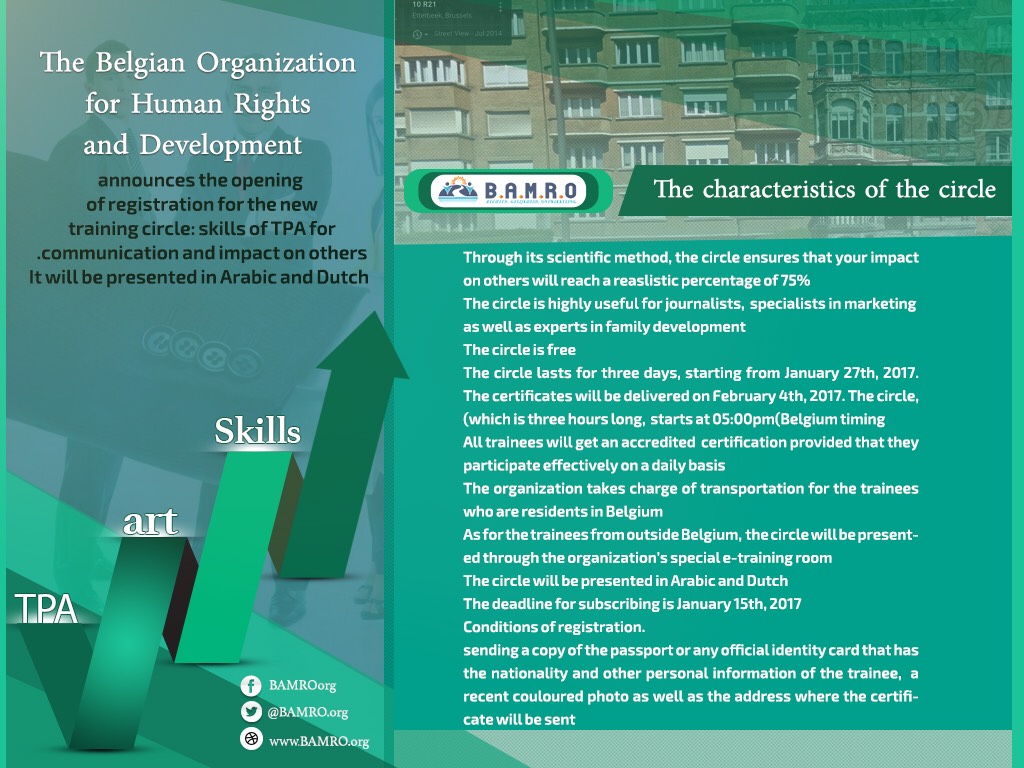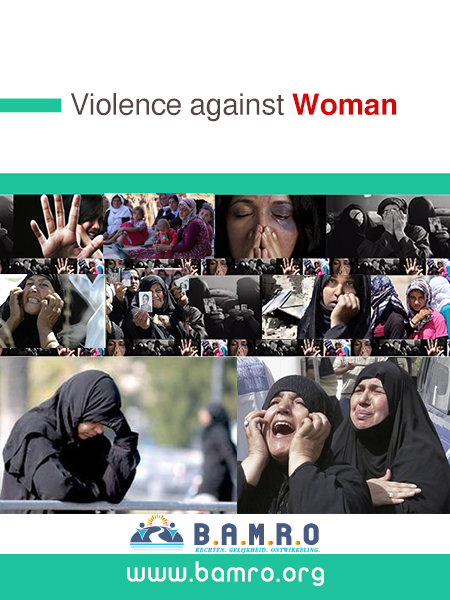Vote
-
For further training via the Zoom program or at our office? ?
Register a
Violation
We you
Contact youS.O.S.
0032 02 7322568
Disarmament
Disarmament
Since the birth of the United Nations, the goals of multilateral disarmament and arms limitation have been central to the Organization’s efforts to maintain international peace and security.
The UN has given highest priority to reducing and eventually eliminating nuclear weapons, destroying chemical weapons, and strengthening the prohibition of biological weapons – all of which pose the direst threats to humankind.
While these objectives have remained constant over the years, the scope of deliberations and negotiations has changed as political realities and the international situation has evolved.
The international community continues to consider more closely the excessive and destabilizing proliferation of small arms and light weapons and has mobilized to combat the massive deployment of landmines – instruments that threaten the economic and social fabric of societies and kill and maim civilians, all too many of whom are women and children. There is also wider recognition that all types of weapons impact women, men, boys and girls differently.
The UN is also focusing on the impact of new information, telecommunications technologies and other emerging technologies on international security.
Through global efforts, several multilateral treaties and instruments have been established with the aim of regulating, restricting, or eliminating certain weapons. These include the Treaty on the Non-Proliferation of Nuclear Weapons, the Comprehensive Nuclear-Test-Ban Treaty, the Treaty on the Prohibition of Nuclear Weapons, the Biological and Chemical Weapons Convention, the Anti-Personnel Landmine Convention, the Convention on Cluster Munitions, the Convention on Certain Conventional Weapons and the Arms Trade Treaty.
Nuclear Disarmament and Non-proliferation
Nuclear weapons are the most dangerous weapons on earth. One can destroy a whole city, potentially killing millions, and jeopardizing the natural environment and lives of future generations through its long-term catastrophic effects. The dangers from such weapons arise from their very existence.
Although nuclear weapons have only been used twice in warfare, about 12,500 reportedly remain in our world today and there have been over 2,000 nuclear tests conducted to date. Disarmament is the best protection against such dangers but achieving this goal has been a tremendously difficult challenge.
The UN has sought to eliminate such weapons ever since its establishment. The first resolution adopted by the UN General Assembly in 1946 established a Commission to deal with problems related to the discovery of atomic energy among others. The Commission was to make proposals for, inter alia, the control of atomic energy to the extent necessary to ensure its use only for peaceful purposes.
Several multilateral treaties have since been established with the aim of preventing nuclear proliferation and testing, while promoting progress in nuclear disarmament.
Several multilateral treaties have since been established with the aim of preventing nuclear proliferation and testing, while promoting progress in nuclear disarmament.
These include the Treaty on the Non-Proliferation of Nuclear Weapons (NPT), the Treaty Banning Nuclear Weapon Tests In The Atmosphere, In Outer Space And Under Water, also known as the Comprehensive Nuclear-Test-Ban Treaty (CTBT), which was signed in 1996 but has yet to enter into force, and the Treaty on the Prohibition of Nuclear Weapons (TPNW).
Listings
- 1
- 2
- 3
- 4
- 5









